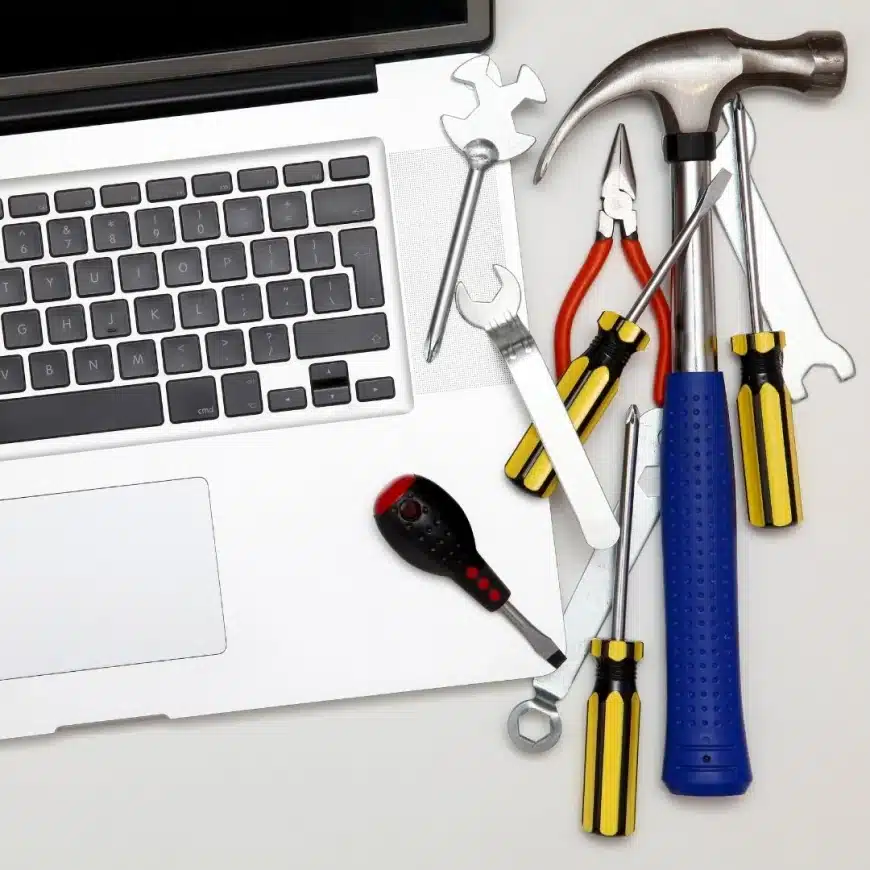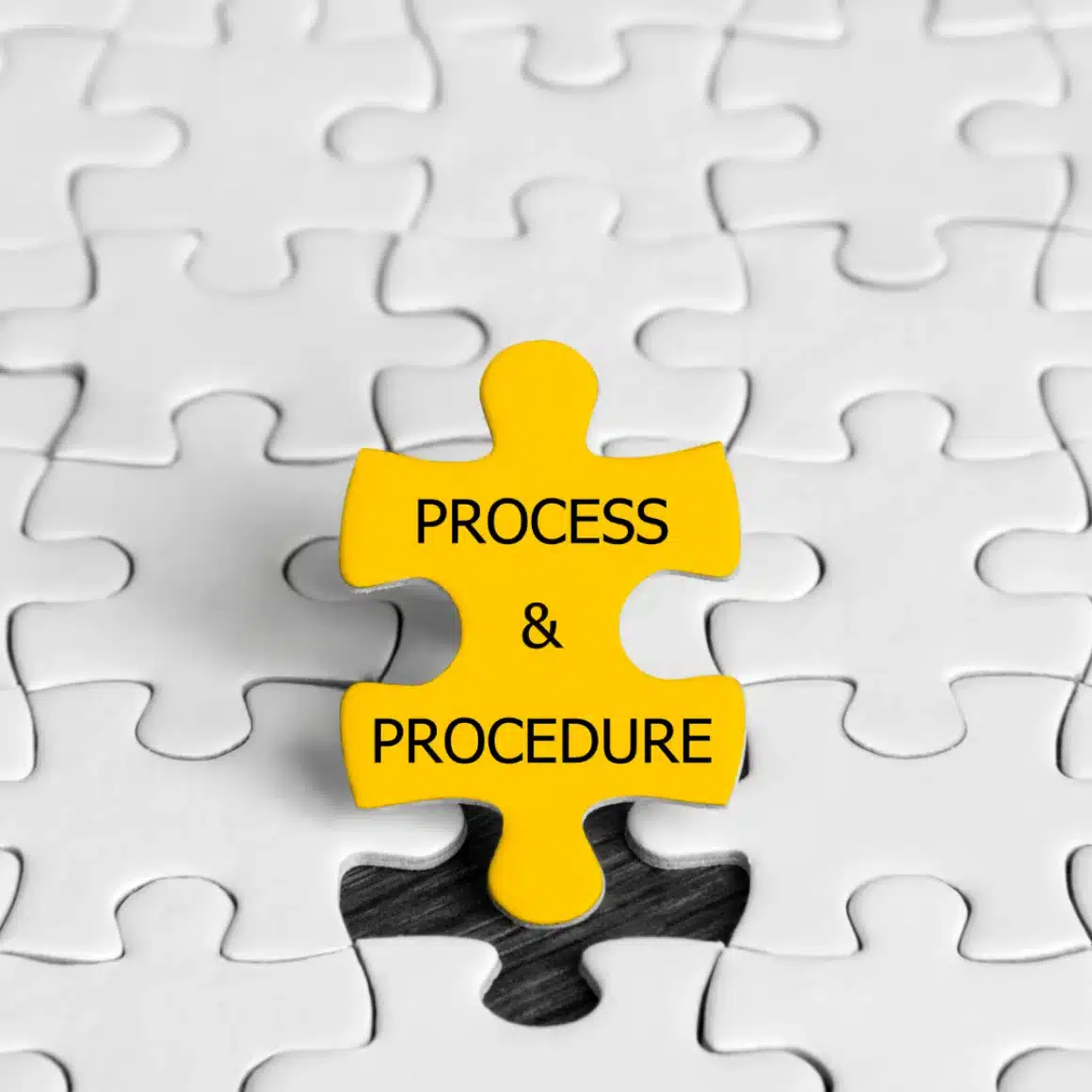Basic Tools for Effectively Resolving Equipment Issues
From industrial facilities to offices and homes, all types of businesses occasionally encounter equipment breakdowns. These breakdowns can halt production, increase operational costs, and even pose safety risks. Therefore, tools like the maintenance repair form are vital for identifying, solving, and preventing issues.

1.Definition and Purpose of the Form
The maintenance repair form is a document used to report and resolve any equipment failures or damage. Its purpose is to record when, where, and how the failure occurred, manage the repair process, and help prevent similar issues in the future.
2.Contents of the Form
The maintenance repair form typically includes:
- Equipment Information: Brand, model, serial number, location, and other descriptive details of the malfunctioning equipment.
- Issue Details: When and how the issue was noticed, symptoms, possible causes, and the extent of its impact.
- Responsible Person Information: Name, position, and contact details of the person reporting the issue or in charge of the repair.
- Repair Steps: Detailed explanations of the steps taken to resolve the issue, interventions, replaced parts, and conducted tests.
- Materials and Equipment: List, quantity, and cost of materials, spare parts, tools, and equipment used during the repair process.
- Repair Duration: Time elapsed from issue detection to repair completion, reasons for delays between stages, and any unexpected occurrences.
- Testing and Calibration: Results of tests and control procedures conducted after the repair, calibration reports, and the process of putting the equipment back into operation.
3.Filling Out and Monitoring the Form
The maintenance repair form begins with issue detection and continues until the repair is completed. It is updated and signed by relevant personnel at each stage. Every step of the process is tracked and recorded on the form, facilitating effective management of the maintenance repair process.
4.Data Analysis and Process Improvement
Maintenance repair forms serve as valuable data sources for businesses, not only for recording issues and tracking resolution processes but also for process improvement. Regular analysis of the data allows businesses to:
- Identify recurring issues and underlying causes, enabling them to implement permanent solutions.
- Evaluate the effectiveness of maintenance processes and identify areas for improvement.
- Assess equipment performance and determine maintenance needs.
- Identify training needs and improve employee competency.
- Analyze costs and plan budgets effectively.

5.Software-Supported Solutions
Many modern businesses employ software-supported solutions to manage maintenance repair processes more efficiently. These solutions facilitate digital storage of repair forms, automatic process tracking, and simplified data analysis, enabling businesses to manage repair processes faster and more effectively.
The maintenance repair form is a crucial tool for businesses. Using it correctly is essential for effectively resolving equipment issues and preventing future occurrences. An effective maintenance repair process enhances operational efficiency, reduces costs, and ensures reliability.
Have you received enough information about the “Breakdown Maintenance and Repair Form”?
repairist is here to help you. We will answer your questions about the Maintenance Management System and provide information about the main features and benefits of the software. We will help you access the repairist demo and even get a free trial.
Frequently Asked Questions
This form ensures that equipment failures are resolved quickly, minimises operational interruptions, reduces costs and increases the efficiency of the business.
The form starts with the detection of the fault and is updated until the repair is completed. Fields such as equipment information, fault details, responsible person information, repair steps, materials used, repair time, as well as test/calibration information are filled in.
The data on the form is regularly reviewed and analysed. Recurring faults are identified, maintenance processes are reviewed and employee training needs are identified. It is also possible to use this data for predictive maintenance applications.















